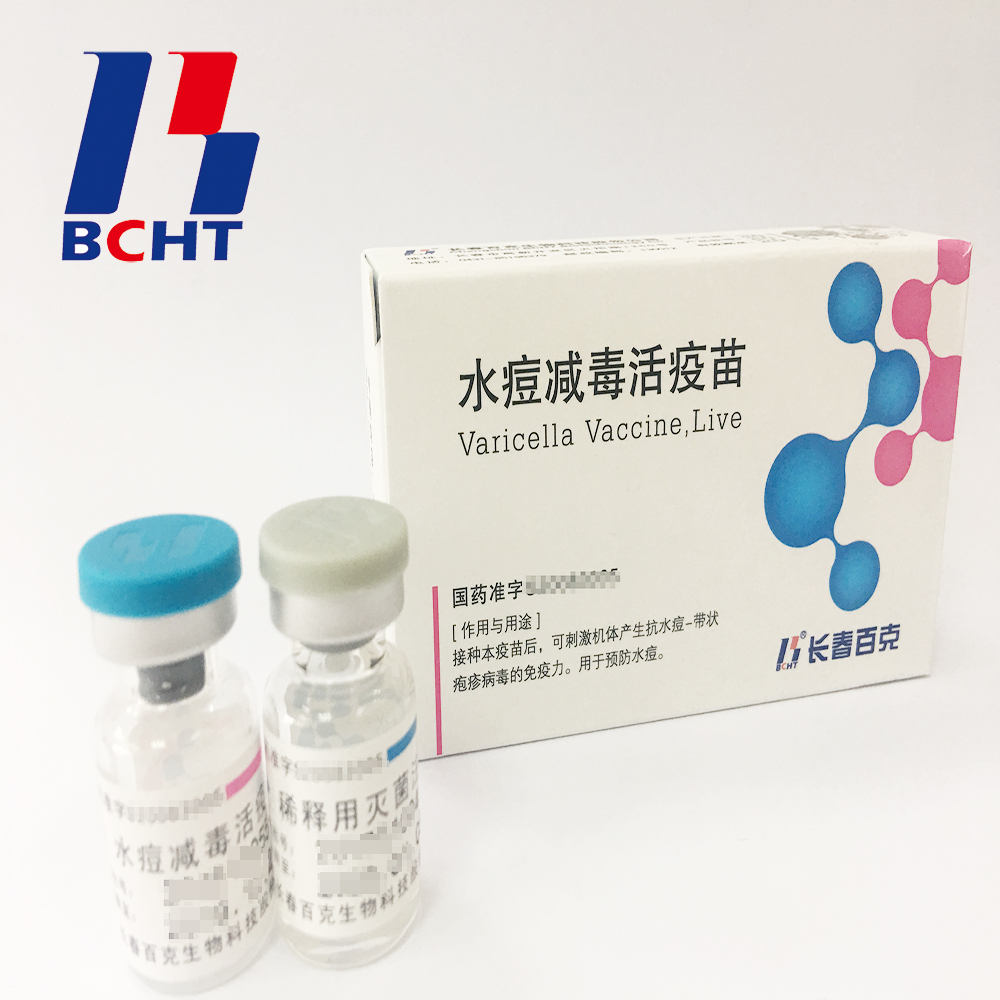After 40-50 days of weaning and splitting the nest, it enters the rearing period (renamed as the cub). The calf's appetite is strong and grows rapidly. By the end of July, it is close to adult crickets (1,100 grams for males and 700 grams for females). In order to facilitate feeding and management, the period from weaning to the end of August is called the breeding period. During the breeding period, the metabolism of young calves is very strong. The period from June to July is the fastest period of growth and development of skeletons and viscera of calves. Therefore, there is a high demand for nutrients in order to lay a solid foundation for the cultivation of large-scale skins and fine varieties. Feeding: 60% of the animal feeds for feeding young puppies can be used for general meat, fish, viscera of livestock and poultry, fresh texture and a slightly higher fat content, and the amount of vegetable and cereal feeds can be higher than the litter and lactation period. In addition, some rabbit bones and other rabbit bones should be added to the feed to meet the bone growth needs of the young. Because the weather is hot at this time, some dry feeds can be added to the diet and some vitamins and yeasts should be added to the diet. The amount of feeding during the rearing period should not be limited. How much can you eat? The total amount of the diet can be gradually added to about 350 grams. Feeding time is based on the summer time requirement. Early feeding is advanced and late feeding is delayed. Management: The cage should be ready for disinfection before weaning the nest, and some hay should be added to the nest. The weaning of the pups should be based on the development of the pups and maternal health. Since June-August coincides with the hot weather season, in order to prevent waterlogging and heat stroke, it is necessary to do a good job of cooling the sun. To cover the shade and prevent the sun from shining directly on the cage, the method can be used to cover or cover the shade. Noon to open the lid ventilation, 24 hours a day to provide adequate drinking water, and in the shed to sprinkle water cooling. Disease prevention: strict implementation of veterinary hygiene requirements to prevent common diseases during the breeding period. We must put a good feed off, ensure freshness and cleanliness, and resolutely eliminate feeds that use sour and acidic feeds to prevent future problems. Conditional markets (farmers) are required to regularly inoculate leeches such as canine distemper, pasteurella and paratyphoid.
Bulk of varicella vaccine,semi-finished products.It has good safety with low ratio in adverse reaction. And it has been exported to Bangladesh.
In 2008, BCHT successfully launched its product Varicella Vaccine, Live in China. In the following years, BCHT continuously committed to improving the product and led in 2010 removal of gelatin from adjuvant and extended the vaccine shelf-life up to 36 months which is the longest one in the world in 2011. And it has the following qualities.
Rabies Vaccine,Freeze-Dried Rabies Vaccine,Mild Rabies Vaccine,Stable Rabies Vaccine For Human Use Changchun BCHT Biotechnology Co.,Ltd , https://www.ccbcht.net

How to raise young cubs